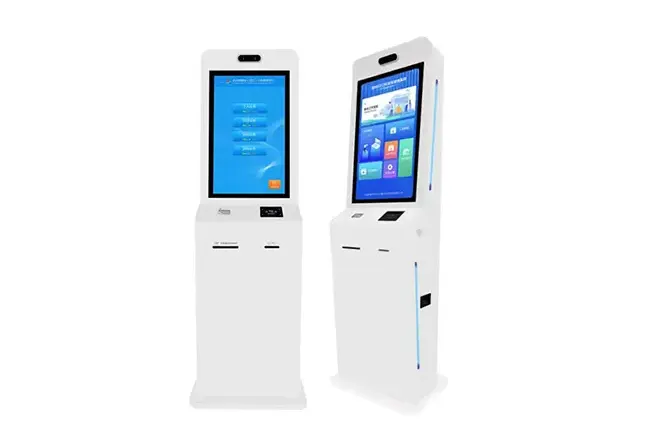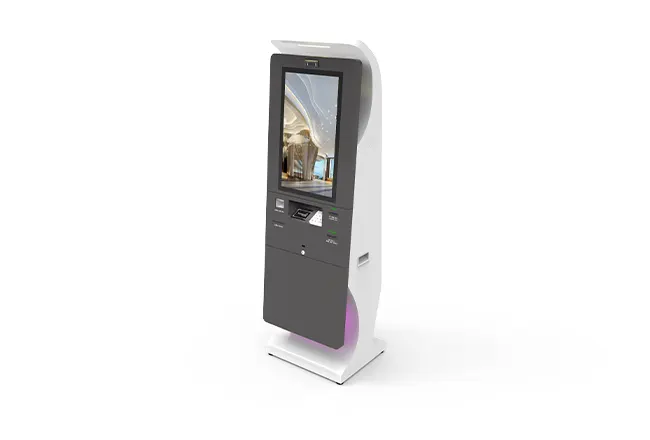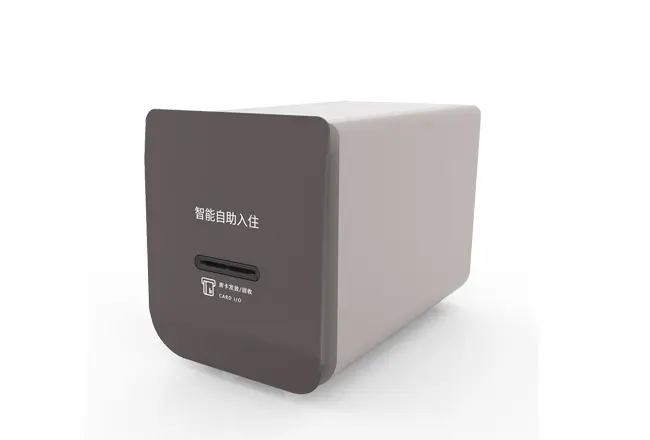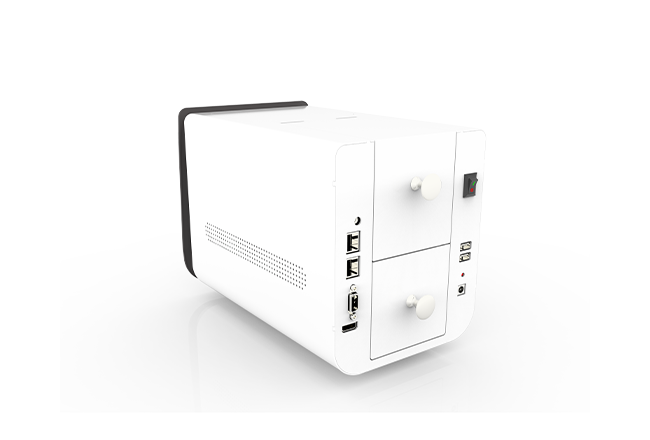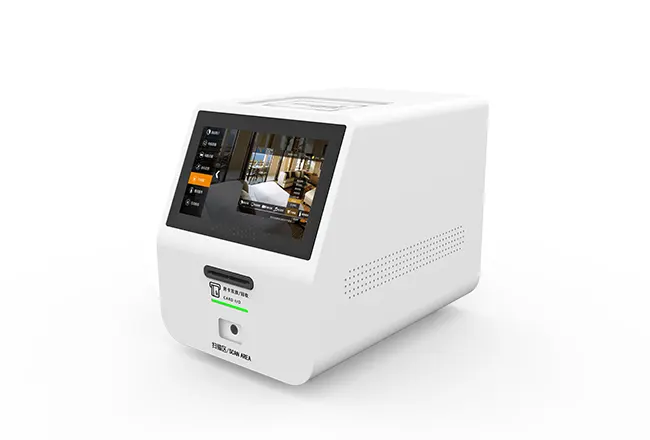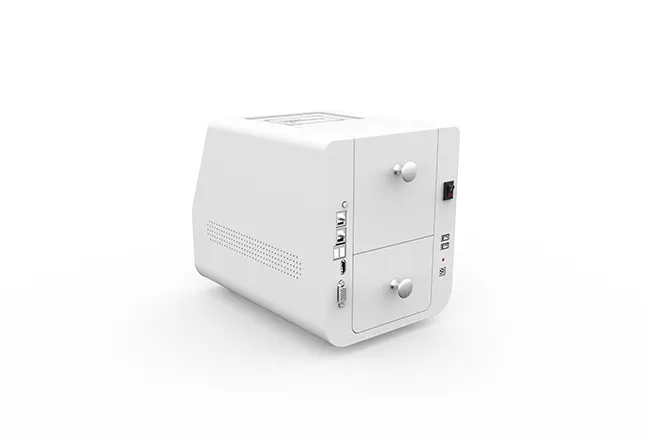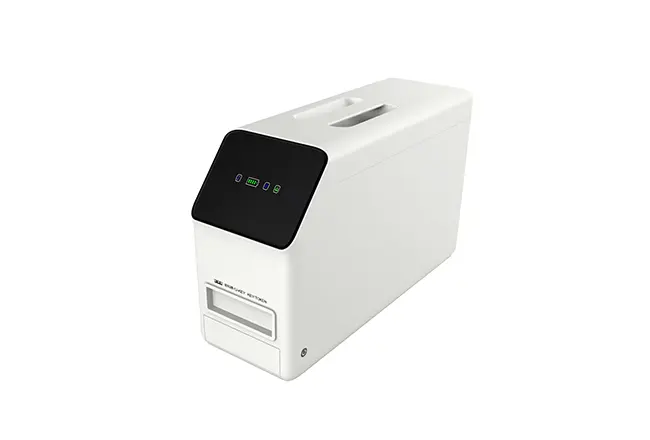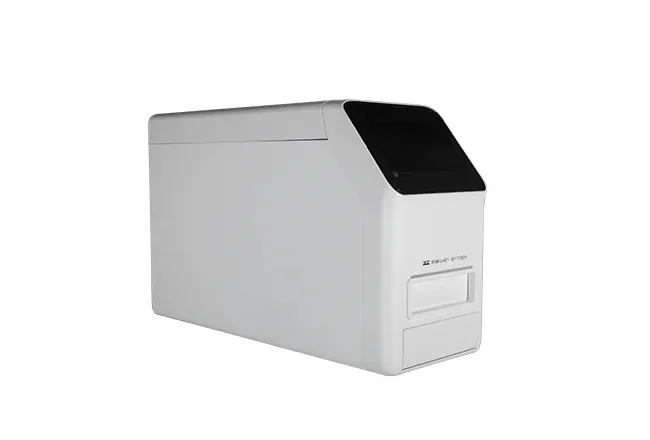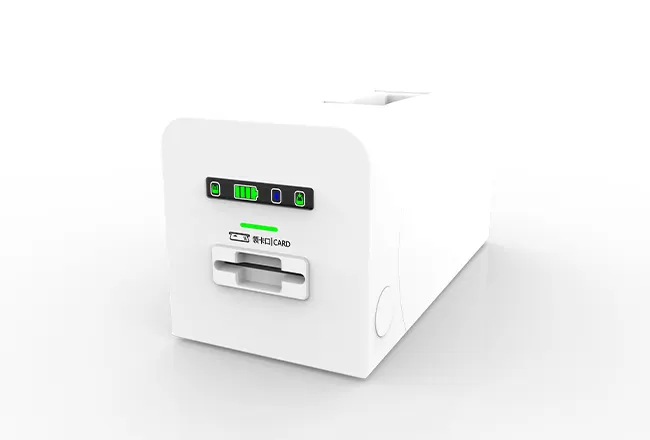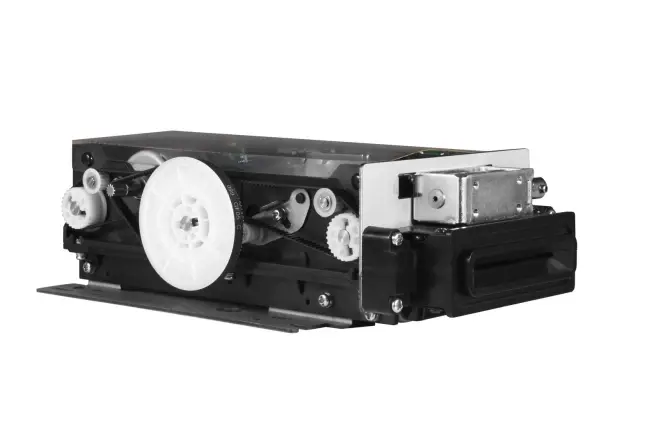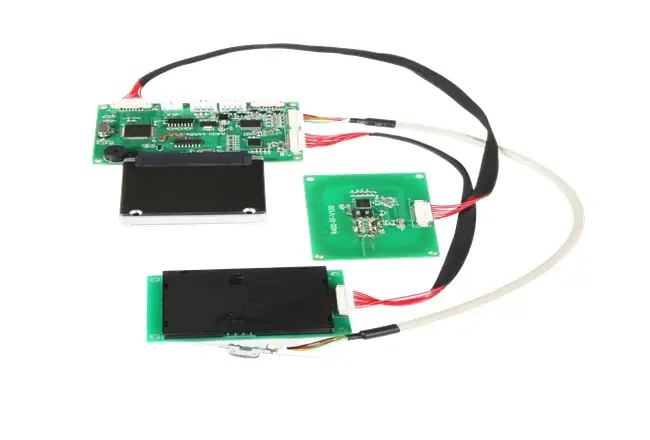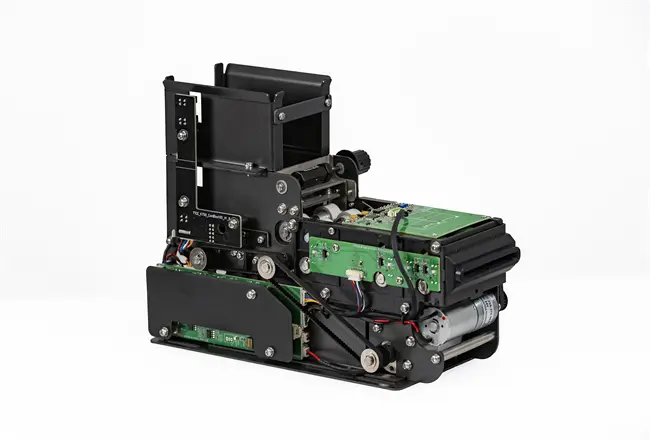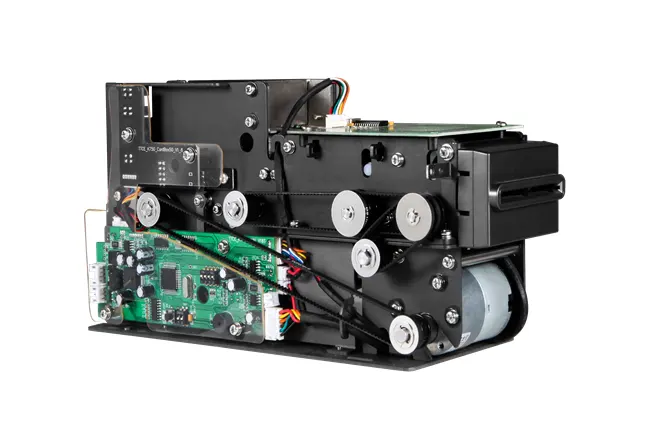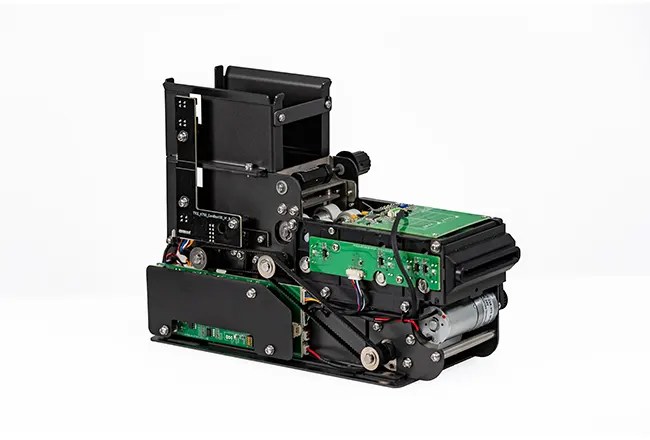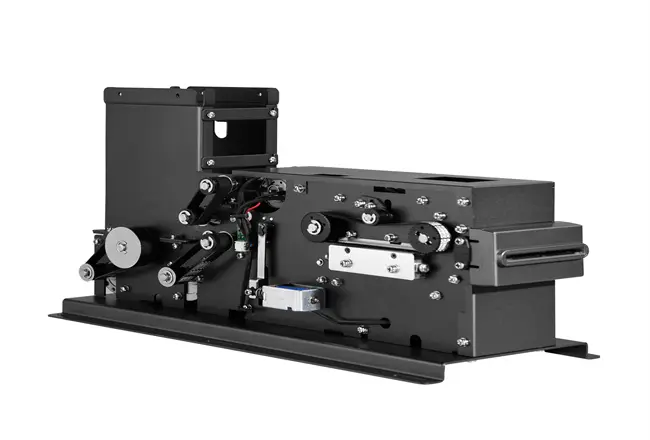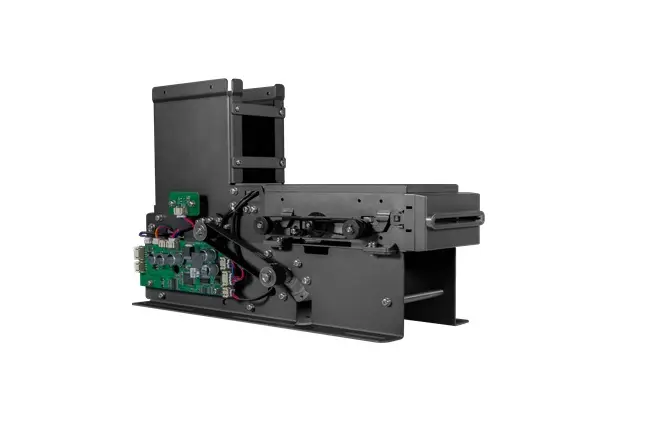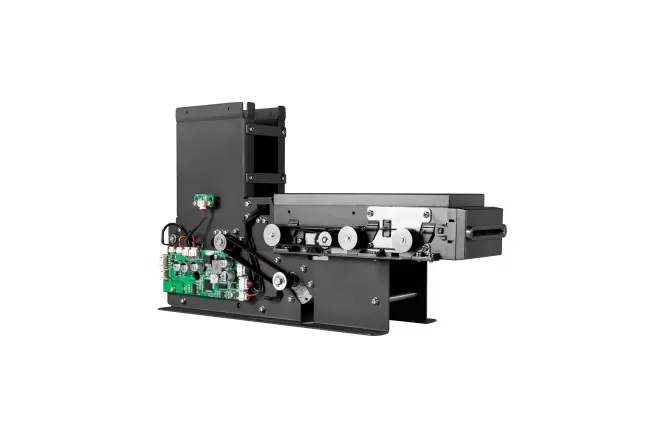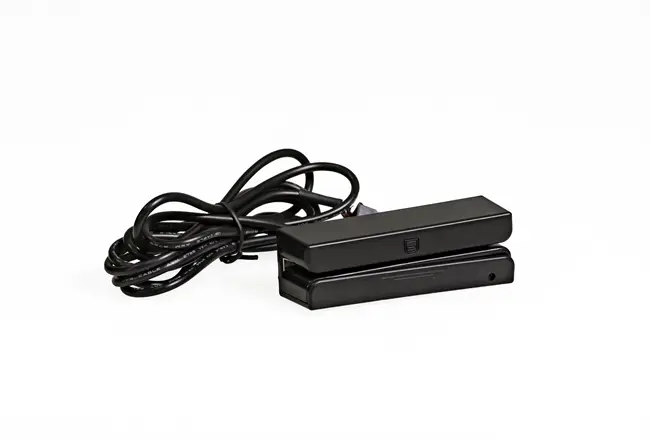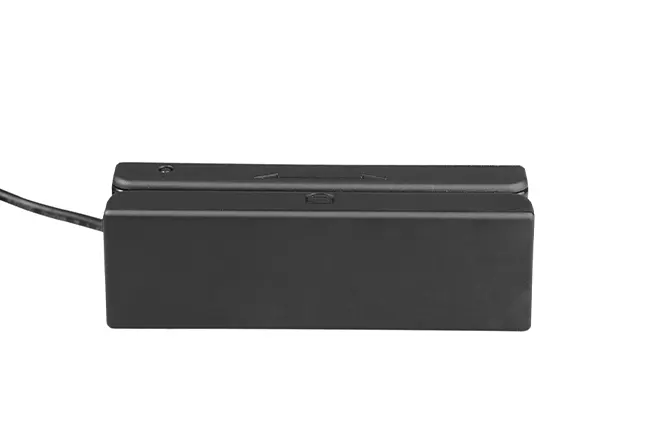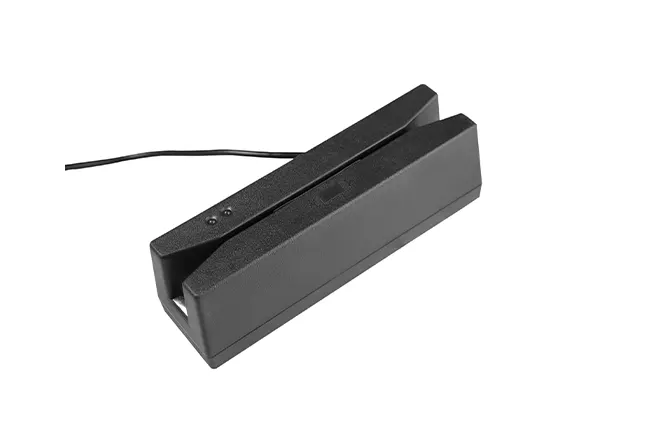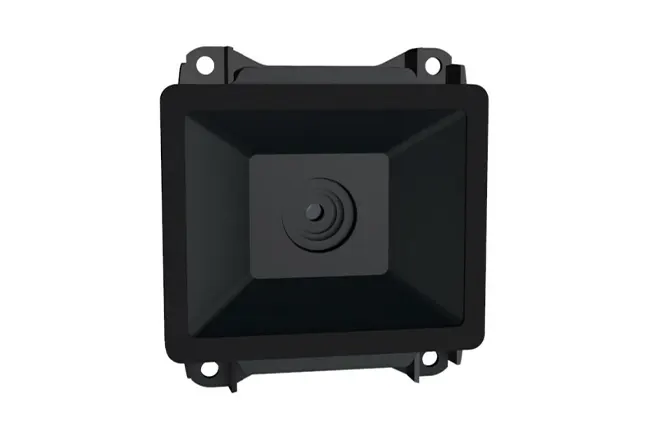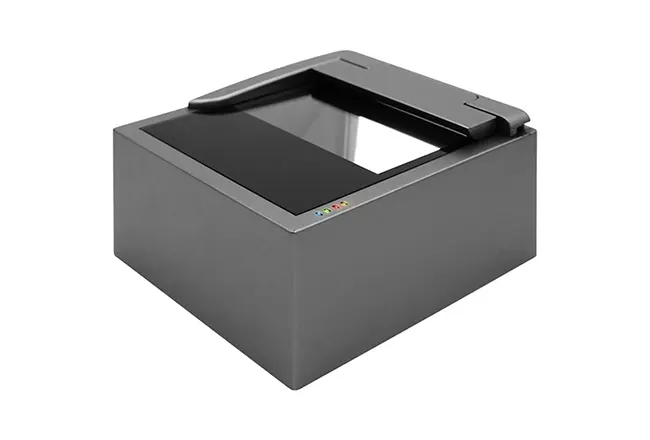Related Post
Reducing Maintenance Costs with Circulating Card Dispensers
2025-03-06Circulating card dispensers have become a key component in self-service kiosks across various industries. From hotels and banks to transportation and government services, these machines handle the issuing, collecting, and reusing of cards. As businesses look for ways to reduce operational costs, one major area of focus is machine maintenance. High maintenance costs can affect a company’s bottom line. By using circulating card dispensers, many organizations have found a way to cut these costs significantly. This article explores how these devices help reduce maintenance expenses through better design, durability, efficiency, and smart operation.

Maintenance Costs
Maintenance costs are an important part of owning and operating circulating card dispensers. These costs go beyond the initial purchase and play a key role in long-term performance, reliability, and budgeting. Below are the main areas that contribute to maintenance costs:
1. Machine Upkeep
- Circulating card dispensers contain mechanical components such as rollers, motors, belts, and sensors.
- These parts can wear down over time, especially in high-use locations like banks, hotels, and transport hubs.
- Regular tasks include cleaning, lubrication, part inspection, and replacing worn components.
- Without proper care, breakdowns can occur, leading to costly repairs or service interruptions.
2. Card Replenishment
- Although the system reuses cards, replacements are still needed.
- Cards may get lost, damaged, or unreadable due to wear.
- Businesses should budget for periodic card restocking, even with a recycling feature in place.
- Reuse reduces card supply needs, but it does not remove them completely.
3. Software Updates
- Circulating dispensers often operate on embedded systems with connected backend platforms.
- Updates are necessary for:
- Security improvements
- Bug fixes
- New feature rollouts
- Some updates require skilled technicians or IT support.
- Coordinating updates across multiple machines can add time and labor costs.
4. Preventive Maintenance
- Regular maintenance prevents major failures.
- Common preventive tasks include:
- Running diagnostic checks
- Calibrating sensors
- Cleaning card paths and internal surfaces
- Preventive maintenance is usually less expensive than emergency repairs.
- Investing small amounts regularly can help avoid large repair bills later.
5. Continuous Operation Wear
- Machines in 24/7 environments face faster wear and tear.
- Locations like airports or busy hotels need more frequent checks.
- Staff should be trained to:
- Spot early signs of problems
- Handle basic cleaning and resets
- Report unusual behavior before it escalates
6. Maintenance Contracts
- Many businesses choose service contracts from manufacturers or vendors.
- These often include:
- Scheduled servicing
- Priority repair visits
- Replacement of critical components
- Though they add a fixed cost, contracts can be more affordable than unpredictable maintenance events.
Key ways circulating card dispensers reduce maintenance costs include:
- Longer-lasting parts: Traditional dispensers often use simple issue-and-eject mechanisms that wear out quickly. Circulating dispensers are built to handle both issuing and collecting cards, so their components are made for longer use and more complex movements. This reduces the need for frequent replacement.
- Reduced card waste: Non-circulating systems often discard used cards, which increases supply and handling costs. Circulating dispensers reuse cards, which means fewer cards need to be purchased or replaced.
- Simplified cleaning: These dispensers are built with better dust protection and self-cleaning rollers. Fewer card jams and cleaner components mean less need for emergency maintenance.
- Lower downtime: Smarter sensors and more reliable components reduce machine breakdowns. Some models can fix minor problems automatically, which keeps machines running longer between service visits.
- Built-in diagnostics: Many machines have software tools that detect issues early. Staff can identify problems, perform targeted cleaning or part replacement, and avoid full system breakdowns.
- Easier training: Circulating dispensers often follow a standard process. Their design and user-friendly interfaces allow staff to learn procedures quickly and efficiently.
- Fewer card reading errors: Better alignment and stronger read/write components reduce common user issues, lowering support requests and service calls.
- Improved energy efficiency: These machines operate only when needed, reducing wear on motors and sensors. Less strain means fewer failures and lower energy costs.
- Modular design: Many models have parts that are easy to remove and replace. Staff can fix machines without disassembly, saving time and reducing the chance of damage.
- Remote software updates: Firmware updates can fix bugs and add features without a technician visit. This reduces downtime and travel-related service costs.
- Device standardization: Using the same model across multiple locations helps streamline maintenance. Staff know what to expect, and spare part inventory becomes easier to manage.
- Manufacturer support: Many suppliers offer training, manuals, and help lines. Quick access to support helps resolve issues faster, reducing machine downtime.
- Lower service contract costs: Because these machines wear out more slowly, service providers may offer lower rates. This helps businesses manage expenses with more predictability.
- Real-time monitoring: Some models send live data to central systems. Early alerts allow staff to fix problems before they become serious.
- Durable materials: These dispensers are built with strong, long-lasting components. They resist damage and wear better than cheaper machines, reducing repair frequency.
- Better user experience: Clear on-screen instructions help users insert cards correctly. This prevents errors and keeps machines cleaner. When users need less help, staff can focus on other tasks.
- Controlled environments: Placing machines in clean, dry areas helps protect internal parts from dust and moisture. This reduces wear and the need for maintenance.
Each of these points helps reduce time, effort, and cost related to maintenance. Circulating card dispensers offer an efficient and sustainable solution for any business relying on card-based operations.
Circulating card dispensers offer a smart and efficient solution for businesses that rely on card-based access or services. When used correctly and supported with a well-planned maintenance routine, these machines can significantly reduce operational and maintenance costs.
One of the most important benefits is the reuse of cards. This reduces the need to constantly purchase and restock new cards, which cuts down on supply expenses. It also means fewer interruptions in service due to card shortages. Over time, this leads to more predictable and lower running costs.
In addition, the durable design of circulating card dispensers helps extend the life of internal components. Because they are built to handle both issuing and collecting cards, the wear and tear on parts is minimized. This reduces the frequency of part replacements and emergency repairs.
Effective maintenance planning also plays a big role in lowering costs. With regular cleaning, diagnostics, and software updates, potential problems can be identified and resolved early. This reduces downtime and improves the reliability of the system. Staff training ensures that common issues can be handled quickly on-site without needing outside help.
Better machine performance leads to a better user experience. When users are able to receive and return cards smoothly without errors or delays, satisfaction increases. This is especially important in high-traffic environments like hotels, banks, and transport stations.
In summary, by using circulating card dispensers wisely and maintaining them regularly, businesses can achieve higher efficiency, greater machine stability, and improved customer service. These benefits not only enhance day-to-day operations but also help reduce long-term maintenance costs in a meaningful and measurable way.

